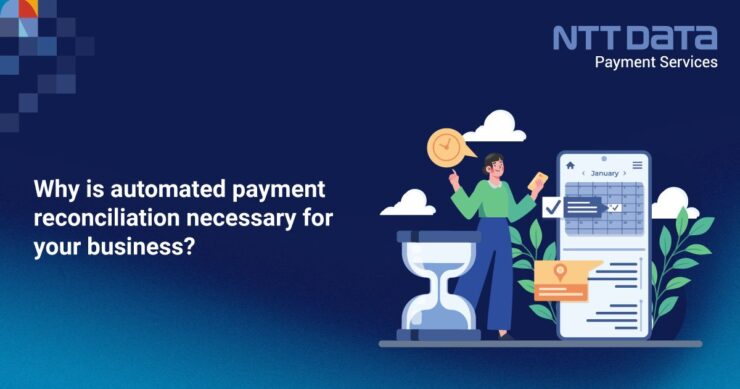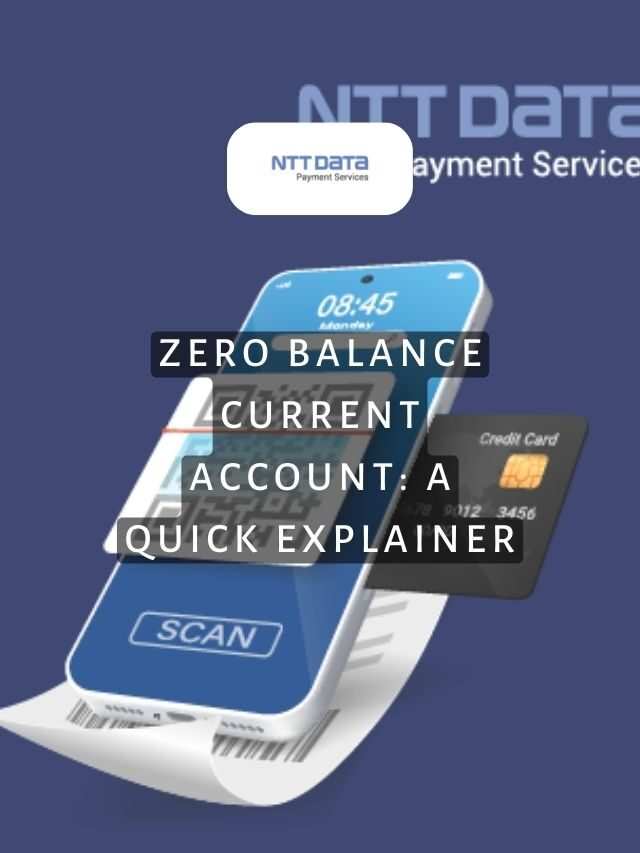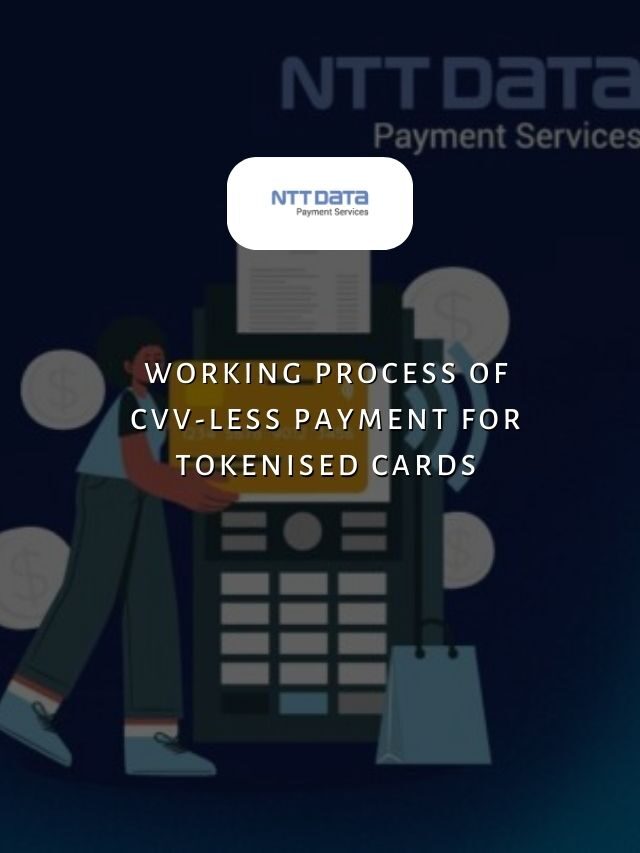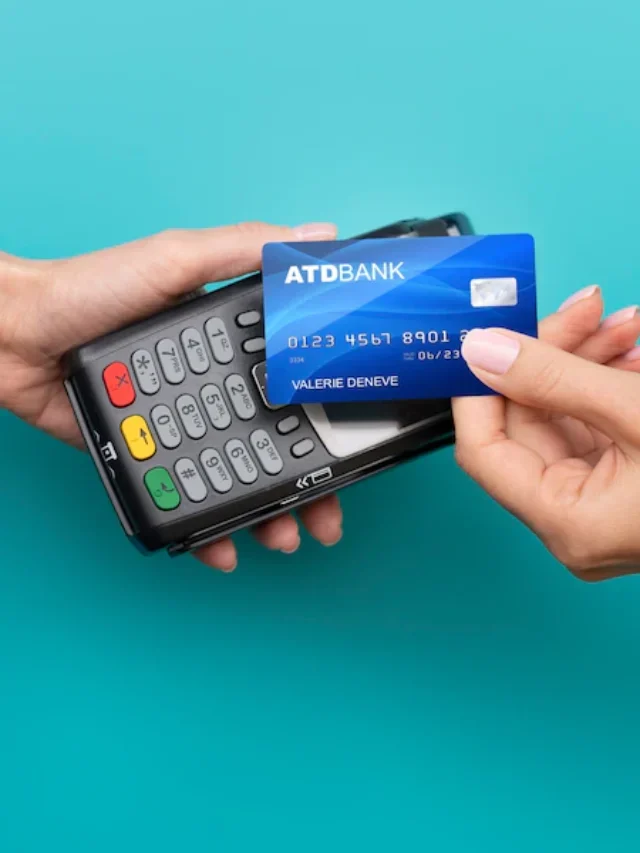
Table of Contents
- 1 Basic Workings of a Payment Reconciliation
- 2 Recent Web Stories
- 3 What is Business Automated payment reconciliation?
- 4 Significance of Automated Payment Reconciliation
- 5 Access Seamless Digital Payments With NTT DATA Payment Services
- 6 Leverage Hassle-Free Financial Management With Automated Payment Reconciliation
- 7 Automated Payment Reconciliation: FAQs
Whether you’re a small startup or a well-established corporation, maintaining an accurate record of incoming and outgoing payments is a fundamental aspect of financial management. However, as your business grows, so does the complexity of your financial operations. with the growth of AI and automation of robotics. payments can be automated. This is where automated payment reconciliation comes into play.
Automated payment reconciliation comes with numerous significant benefits. By quickly integrating transactions, you save time and improve efficiency, freeing up resources for other important tasks. Furthermore, ensuring precise financial records significantly lowers the possibility of human errors.
Financial management must include measures for detecting and preventing fraud, and automated systems are better than humans. Automated payment systems offer instantaneous insights into financial transactions, enabling wise choices and promoting development.
Let’s explore a discrete pathway that transforms automated payment reconciliation into the need for wise business financial management.
Basic Workings of a Payment Reconciliation
How does a payment reconciliation work? Here is a small, 4-step process that would help you understand the workings of payment reconciliation.

1. Collect Data:
Gathering all necessary documentation is the first step in reconciling a payment. These consist of business invoices, receipts, bank statements, records from accounting software, and other related transaction information.
2. Compare Records:
Compare and match the payment across several sources after gathering all the necessary paperwork for a transaction. Compare the dates, amounts, and reference numbers of each transaction.
3. Reconcile The Accounts:
To verify that payments are recorded accurately, identify any inconsistencies, and make the appropriate changes.
4. Validate and Finalize Reconciliation:
Complete the reconciliation procedure once everything mentioned above has been done. The financial accounts should now be appropriately reflected in internal records.
Recent Web Stories
What is Business Automated payment reconciliation?
Payment reconciliation is an accounting process that compares a business’s financial records with its bank statements to maintain an accurate financial record. There are two forms of documentation that back every business transaction. The first is the business’s internal record of the purchase amount from a customer, and the second is the external bank statement about the bank account.
Automating this process with advanced tools and software to keep track of the transactions and financial records is called business-automated payment reconciliation.
| Did you know? The speed of automated payment reconciliation depends on factors, including the volume of transactions and data complications. It is truly amazing! Automatic payment reconciliation can process thousands of transactions and complete the full reconciliation procedure in under an hour, which might take a week of manual reconciliation. |
Significance of Automated Payment Reconciliation
When the business grows, manual payment becomes more difficult and prone to high errors, and the business expansion might face a toll in carrying out more transitions. This is where automatic payment reconciliation plays a crucial role by accurately tracking all the transactions and bank statements. Thus, reducing the errors and providing a better opportunity to grow.
Here are the following reasons to understand why automated payment reconciliation is necessary for business.
1. High Accuracy:
Inaccurate reconciliation can lead to financial discrepancies, which may damage relationships with vendors, customers, and banks. Automated payment reconciliation leverages advanced technology to cross-reference transactions, and with its robust algorithm, it can easily overcome potential manual errors. This boosts the overall financial performance of the business.
2. Improves Efficiency:
Automated payment reconciliation eliminates the tedious and time-consuming process of arranging and manually matching stacks of invoices, bank statements, and transaction records. With automatic swift matching, it can accurately process thousands of transactions. What might take hours or even days manually can be accomplished in minutes with automation.
3. Fraud Detection and Prevention:
Detecting and preventing fraudulent activities is a crucial challenge for businesses. It’s very difficult to identify irregularities with manual reconciliation. Automated payment reconciliation is programmed to identify patterns that can help prevent fraudulent activities and save businesses from significant financial loss.
4. Foster Better Vendor Relationships:
Inaccurate financial records or payment dues at manual reconciliation can stain the relationships with your vendor. Automated payment reconciliation ensures timely and accurate payments, boosting vendor confidence in your company’s financial practices. This, in turn, can lead to better terms, discounts, and improved collaboration, ultimately benefiting your bottom line.
5. Flexible Scalability:
The complexity of your financial transactions grows as your business grows. This is when manual reconciliation becomes overwhelming and highly prone to errors. Automated payment systems are designed to handle increasing volumes of data seamlessly, ensuring that your reconciliation process remains efficient and accurate even as your business reaches new heights.
6. Easy Compliance and Audit:
Manual reconciliation might lead to inaccuracies or missed compliance requirements, exposing your business to potential legal and financial risks. Automated systems can be configured to adhere to specific regulatory standards, ensuring your financial processes are compliant. Additionally, automatic reconciliation creates a digital audit trail, simplifying the external audit preparation.
| Did you know? Manual payment reconciliation can result in error rates of up to 3% on average, while automated payment reconciliation can bring down this error rate to as low as 0.1%. |
Access Seamless Digital Payments With NTT DATA Payment Services
You can manage all your online payments and track your financial transactions with NTT DATA Payment Services’ payment options which are secured. Access PCI DSS 3.2.1V, a 256-bit encrypted payment gateway for your digital wallet. This keeps all your information safe with bulletproof security, making your transactions limitless and quicker.
NTT DATA Payment Services offers a complete payment solution to advance your offline and online businesses from,
- Online Payment Gateway in India
- POS machines
- IVR payments
- Mobile applications, and
- Bharat QR Scan and Pay
We ensure maximum comfort, convenience, and safety for all your payments.
Leverage Hassle-Free Financial Management With Automated Payment Reconciliation
The significance of automated payment reconciliation is essential for your business to manage your finances effectively while you are growing your business rapidly.
Using automated payment reconciliation procedures, your company can utilize significant resources, improve financial accuracy, and upgrade itself for sustainable development. Embracing automation is more than just keeping up with the trends; it means giving your company the necessary tools to succeed in a market.
| Also, you can get frequent updates on nttdatapayments Instagram page. |
Automated Payment Reconciliation: FAQs
- Why is automated reconciliation important?
Automated reconciliation assures you that your accounts are consistent and accurate. It also helps you identify any potential errors and rectify them quickly. It also provides you with accurate financial information and records to make effective business decisions.
- Why is bank reconciliation important for a business?
Bank reconciliation is an essential part of accounting used to detect or prevent fraudulent activities. They can also identify any errors committed by the banks based on the difference between your internal accounting records and your bank balance as per your bank statements.
- What is automated reconciliation?
Automated payment reconciliation involves the comparison and cross-checking of internal financial records against bank statements. This promotes uniformity and accuracy in the recorded transactions.
- How does automated bank reconciliation work?
The process of automating and maintaining financial records regarding bank statements is called automated bank payment reconciliation. It uses special software to accurately maintain all the financial information correlating with the bank records.
- What are the key features of the bank reconciliation process?
The following are the key features of the bank reconciliation process:
- Detecting and preventing fraudulent transactions
- Keeping track of transactional records
- Providing accurate financial information for effective business decision-making







